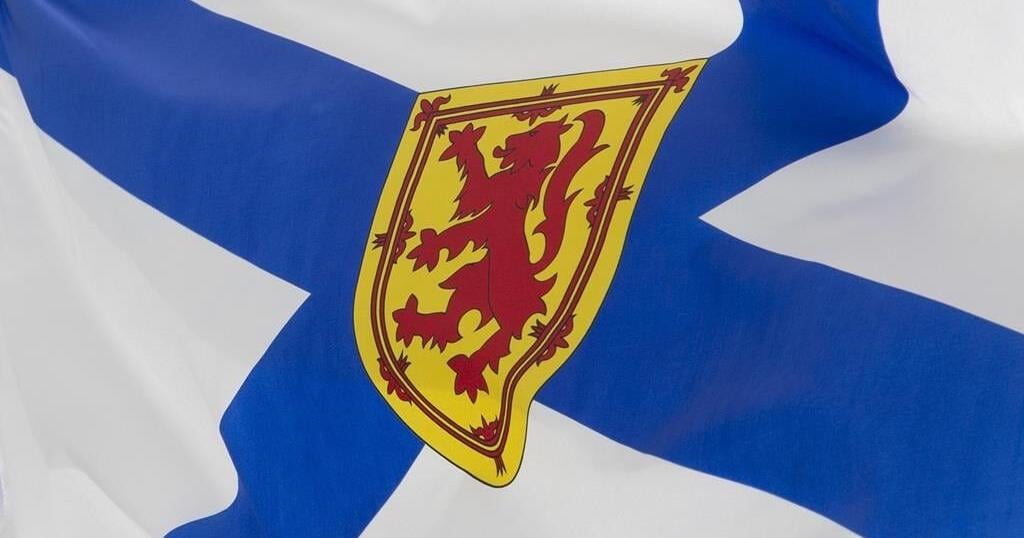EDMONTON – Nestled along a meadow in Jasper’s backcountry, Charles Vantanajal and his family stood in awe of the dynamic, ever-changing cloud of thick, white wildfire smoke that rose near Oldhorn Mountain.
“I’ve never seen anything like it,” he said. “But we didn’t think that we were in any danger.”
Vantanajal, his wife and their 13-year-old daughter had been hiking through Tonquin Valley last week, when a massive wildfire forced the evacuation of roughly 25,000 people from the town of Jasper and Jasper National Park.
The fire destroyed a third of the town.
Parks Canada spokeswoman Michelle Macullo said about 245 people were evacuated from the backcountry, some by air and some by boat.
Officials called campers who had registered with the park to ensure they escaped. They also asked friends and family to contactpark dispatch if they knew of anyone camping in the area.
There’s an inherent risk in hiking through the backcountry, Vantanajal said, who was airlifted out with his family.
“Would this experience change my opinion on going out and doing these (hikes) again? No, absolutely not,” he said.
“I would do it again in a heartbeat. Just not any time soon.”
Aside from some smoke, Vantanajal said he remembers the multi-day hike being mostly uneventful. During the trek, his mother-in-law managed to send a message to let them know about a possible evacuation of Jasper.
“But we had been training for this for 26 weeks,” he said. “Their plans of evacuating us certainly wasn’t going to stop us.”
While resting at a few different campgrounds, Vantanajal heard that Parks Canada was planning to escort people out of the backcountry.
Before long, two helicopters flew overhead, with one landing not far from them.
“That’s when we knew that this was likely the evacuation for the backcountry people,” he said.
The chiropractor from Leduc, Alta., said he saw from the sky where the smoke emanated.
“It was hard to see how big the fire was, but you could just see how wide it was,” he said.
The plan was for the family to retrieve their belongings and get their vehicle from theparking lot where they set out.
But that changed when they learned the area was in the line of fire. They ended up at another parking lot and a Parks Canada vehicle took them to Jasper.
“Once we got to Jasper … we were offered food and water and a shower, but there wasn’t enough time,” Vantanajal said. A van then arrived to take the family to an emergency centre in Edmonton.
Another backcountry camper,Emilie Hofferber, who had been on a paddling trip, said she and her dog and eight friends spent the night of the evacuation along Maligne Lake at Fisherman’s Bay.
She remembers the area being calm and peaceful, with only a minor thunderstorm in the middle of the night. The next morning, while in her tent, a Parks Canada worker pulled up in a boat and started honking the horn.
“That’s when we heard that the entire town of Jasper had been evacuated,” said Hofferber.
After her group was taken out on the boat, Hofferber said they drove to Valemount, B.C. The drive through thick smoke may have been the scariest part, she said.
“As we approached the plume, all of a sudden, it just got really dark … instant smoke,” she said.
“There was even a point where I had gone to record myself driving and I started coughing so violently because of the smoke.”
At one point in the drive, Hofferber said the group went through the peaceful but deserted Jasper townsite. The sky was clear and there was zero smoke.
“It felt like a horror movie,” she said.
Hofferber’s friends made it to Kamloops, B.C. Some later returned to Calgary, while she and others went to Revelstoke, B.C. Hofferber is now in Banff, Alta., where she’s plans to stay until September.
She said she’s jarred by the experience but hopes to make the same trip again.
“I love Jasper with my entire heart. It’s probably one of my favourite places,” she said. “But it’s not deterring me from travelling here.”
This report by The Canadian Press was first published Aug. 2, 2024.

























